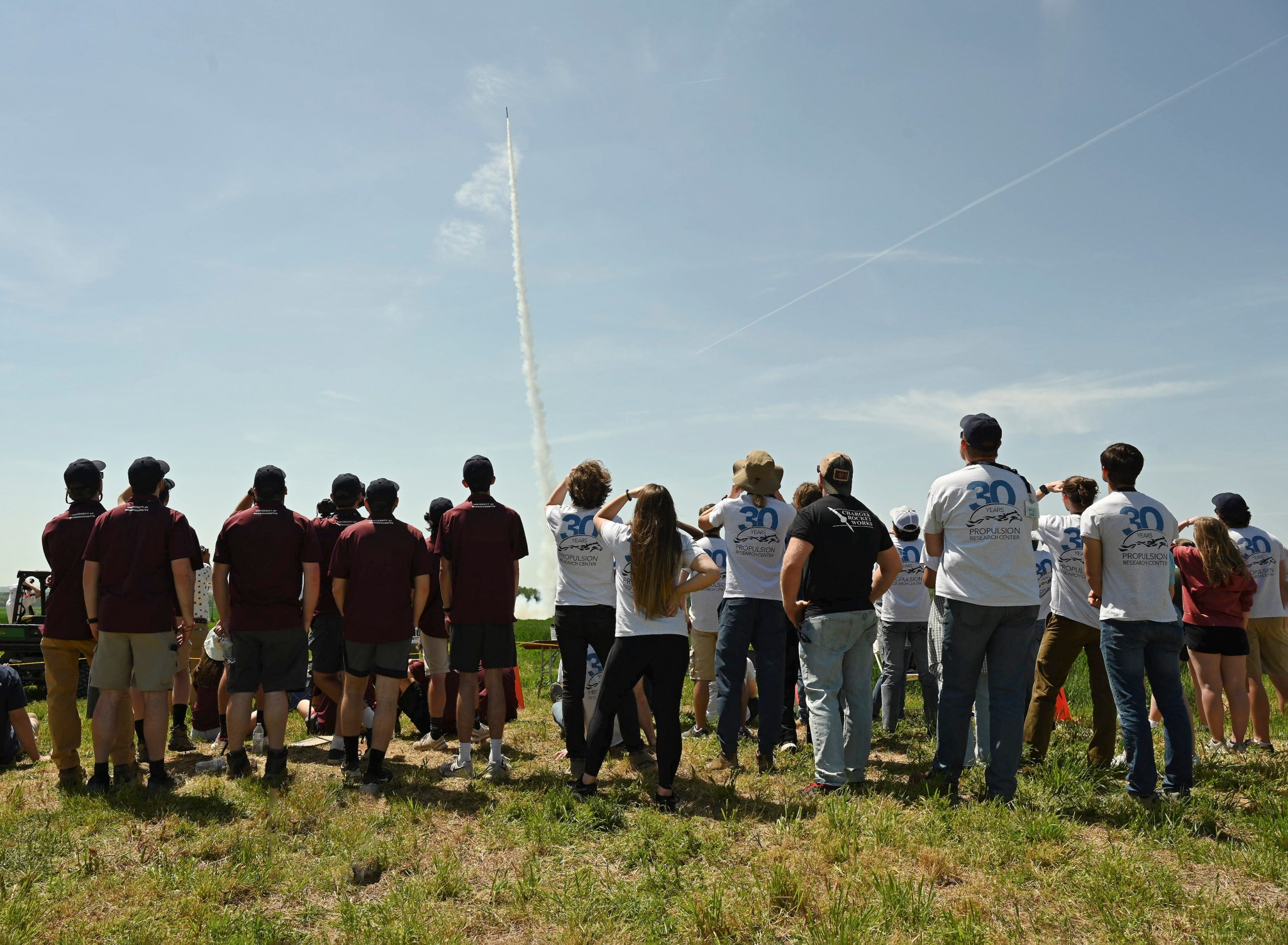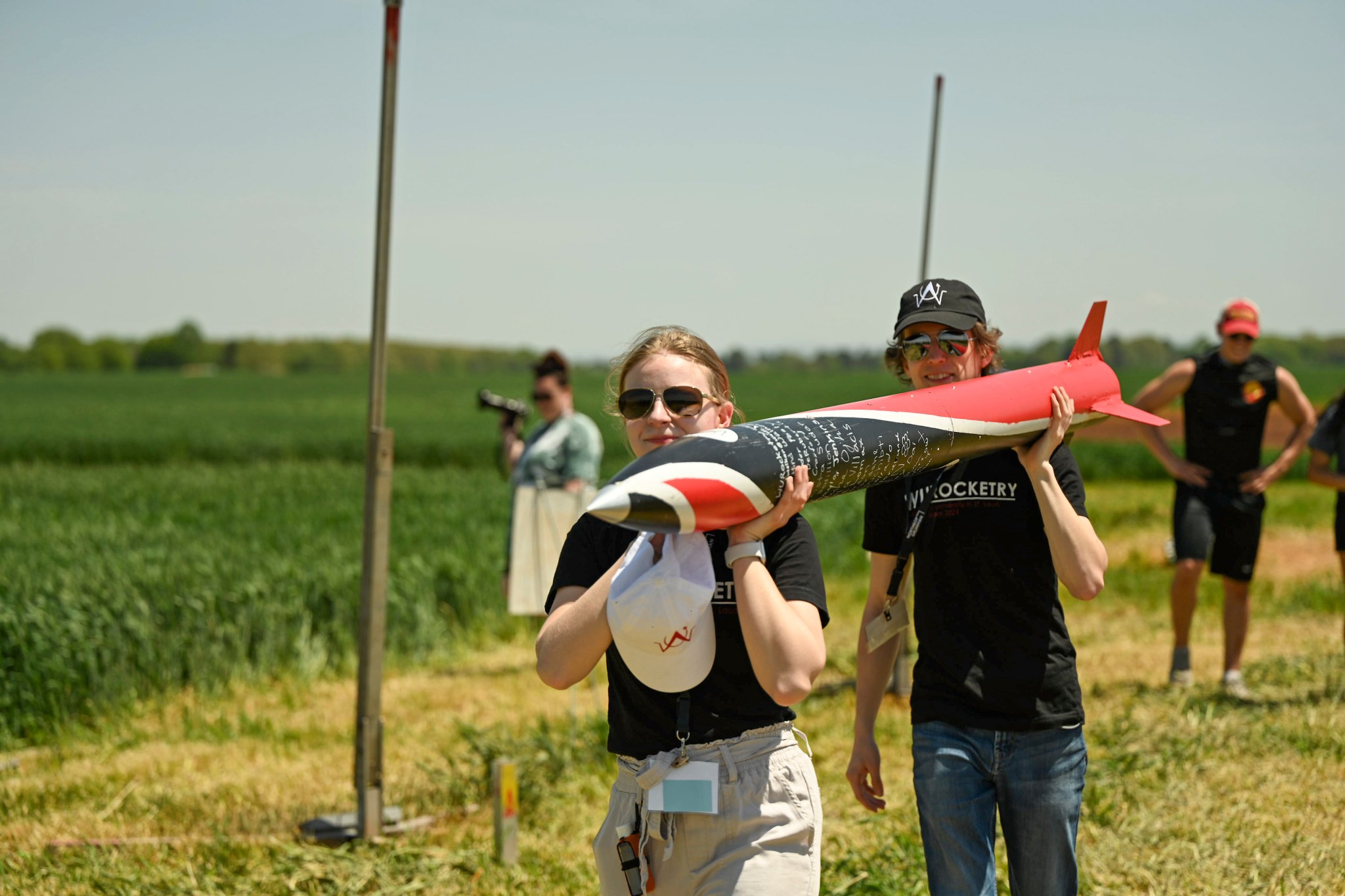Student teams can now submit proposals to participate in NASA’s 2023 Student Launch challenge, scheduled April 13-15, 2023, at Bragg Farms in Toney, Alabama, minutes north of NASA’s Marshall Space Flight Center in Huntsville. The annual event encourages students from middle schools, high schools, colleges, and universities across the United States to design, build, test, and fly a high-powered amateur rocket and a payload to an altitude between 4,000 and 6,000 feet.
The Student Launch 2023 Handbook provides in-depth guidance on how to submit proposals, as well as safety information, competition rules, and details about the new payload challenge for college/university teams. All proposals must be submitted via the NASA STEM Gateway system by 8 a.m. CDT on Sept. 19. 2022.
ABOUT THE CHALLENGE:
Student Launch provides relevant, cost-effective research and development of rocket propulsion systems and reflects the goals of NASA’s Artemis Program, which seeks to put the first woman and first person of color on the Moon.
Each year, the payload component changes to reflect current NASA missions. This year, the challenge takes inspiration from the technology needed for robotic exploration missions such as the Mars Curiosity Rover.
“The 2023 payload challenge simulates a robotic mission on a distant planet,” said Fred Kepner, education program specialist and Student Launch activity lead at Marshall. “Upon landing, the rocket must receive radio commands transmitted by NASA instructing an onboard camera system to autonomously photograph the planetary environment using specific filters and in specific orientations.”
While the college/university division teams must design a payload to match the 2023 requirements, middle and high school teams can choose to attempt the payload challenge or develop their own science or engineering payload experiment. High school and middle school teams must qualify to participate, and all teams must be U.S institutions.
Throughout the year, all teams must meet multiple documentation milestones – similar to those NASA engineers and scientists conduct during the engineering design process. Teams earn points for progress and successes achieved and will be scored accordingly in nearly a dozen categories, including safety, vehicle design, social media presence, and more.
“The Student Launch experience helps steer students into the aerospace workforce pipeline,” Kepner said. “Those entering related fields have a step-up on their peers as they are familiar with NASA design processes, government contracting practices, and team collaboration on large-scale projects.”
Marshall’s Office of STEM Engagement hosts Student Launch to encourage students to pursue careers in STEM through real-world experiences. Student Launch is a part of the agency’s Artemis Student Challenges – a variety of activities exposing students to the knowledge and technology required to achieve the goals of the Artemis missions.
In addition to the NASA Office of STEM Engagement’s Next Gen STEM project, NASA Space Operations Mission Directorate, Northrup Grumman, National Space Club Huntsville, American Institute of Aeronautics and Astronautics, National Association of Rocketry, Relativity Space and Bastion Technologies provide funding and leadership for the competition.
For more information about Student Launch, please visit:
https://www.nasa.gov/audience/forstudents/studentlaunch/home/index.html

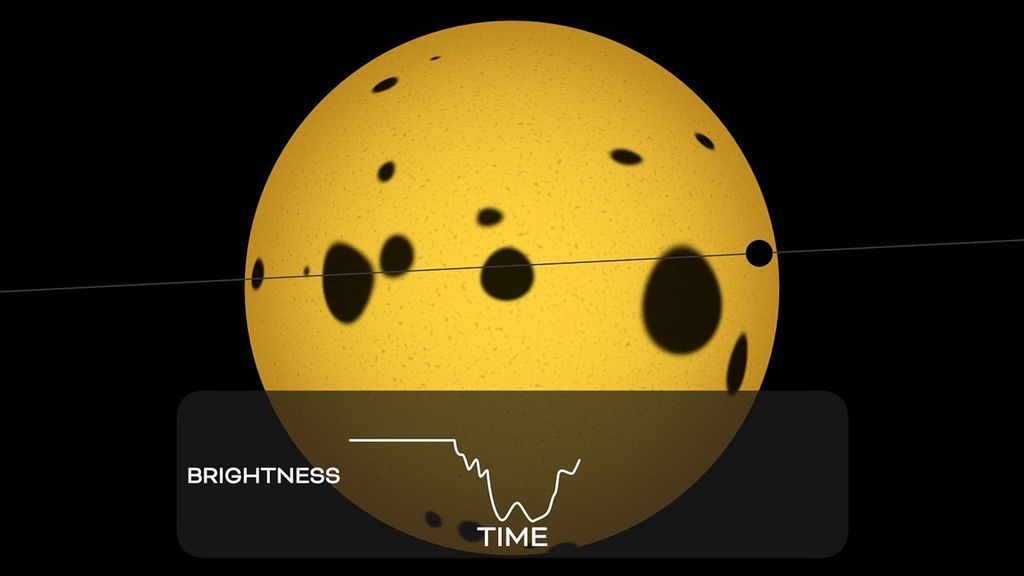









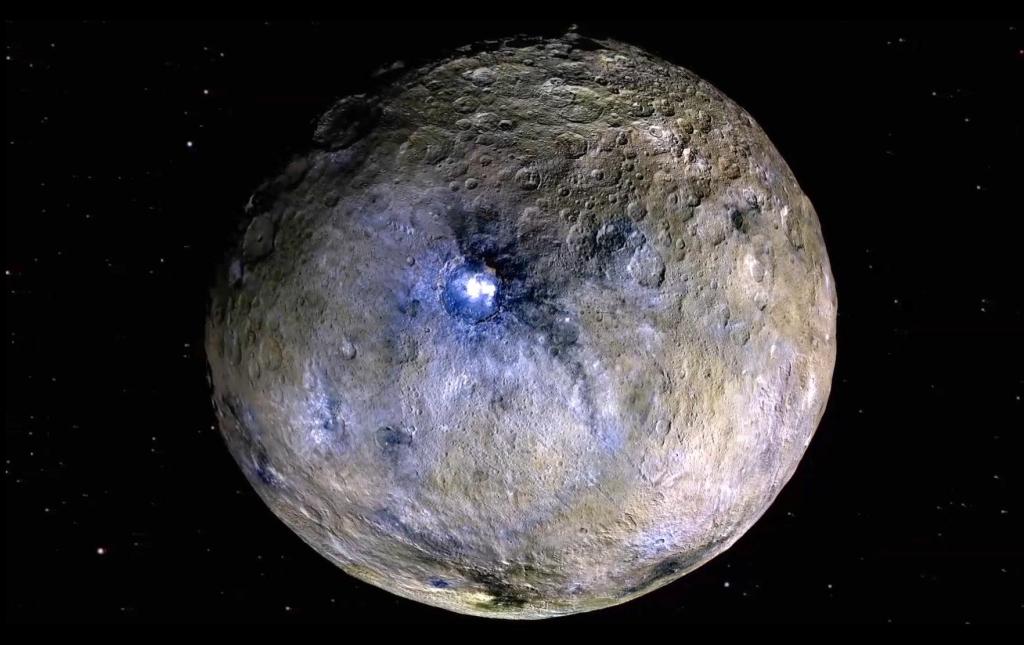
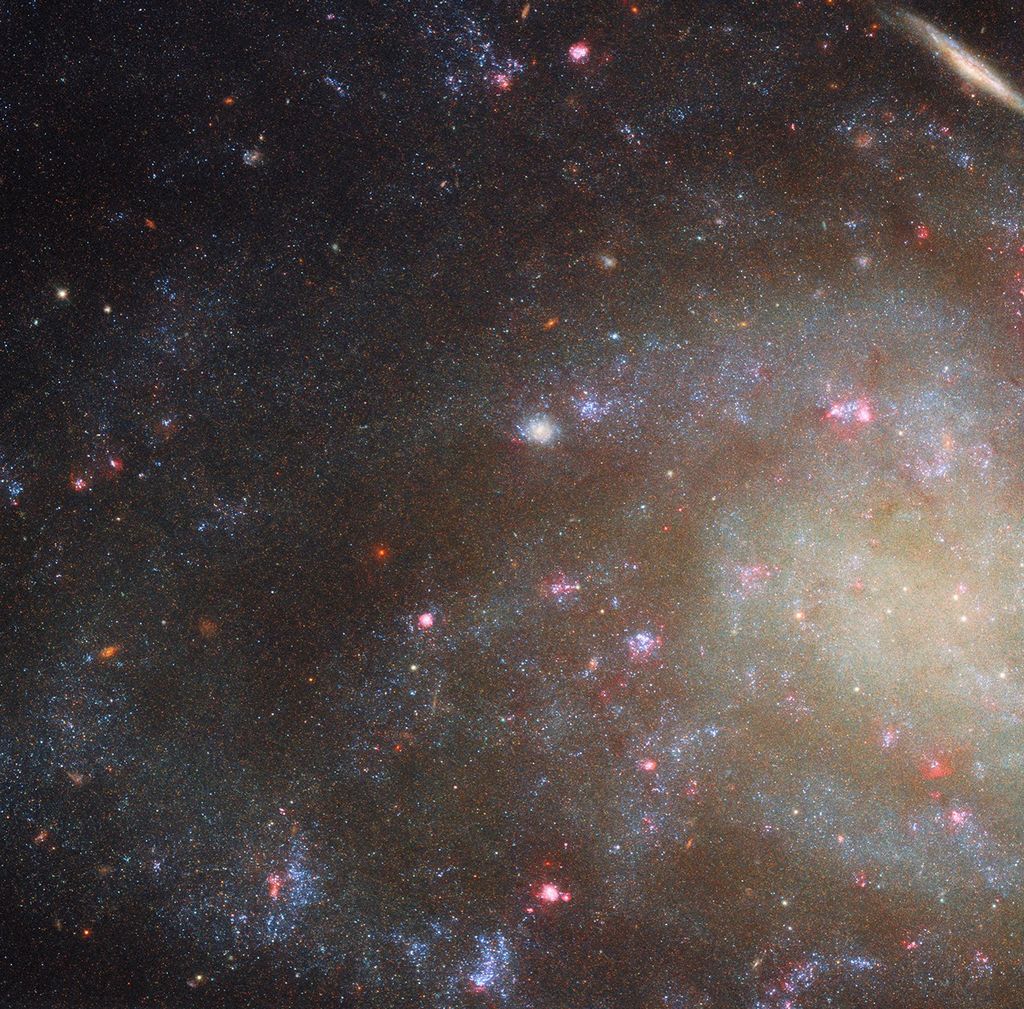


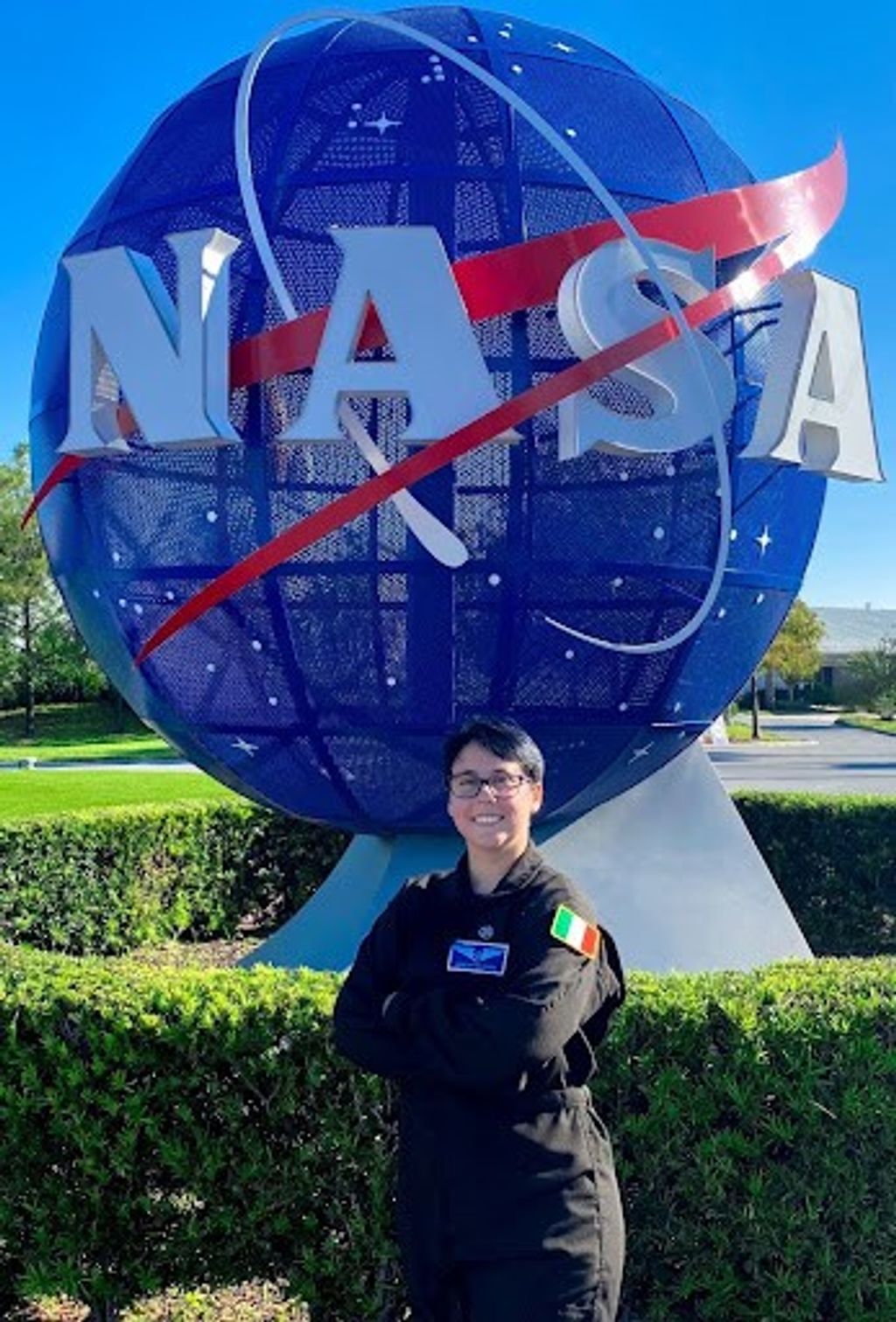
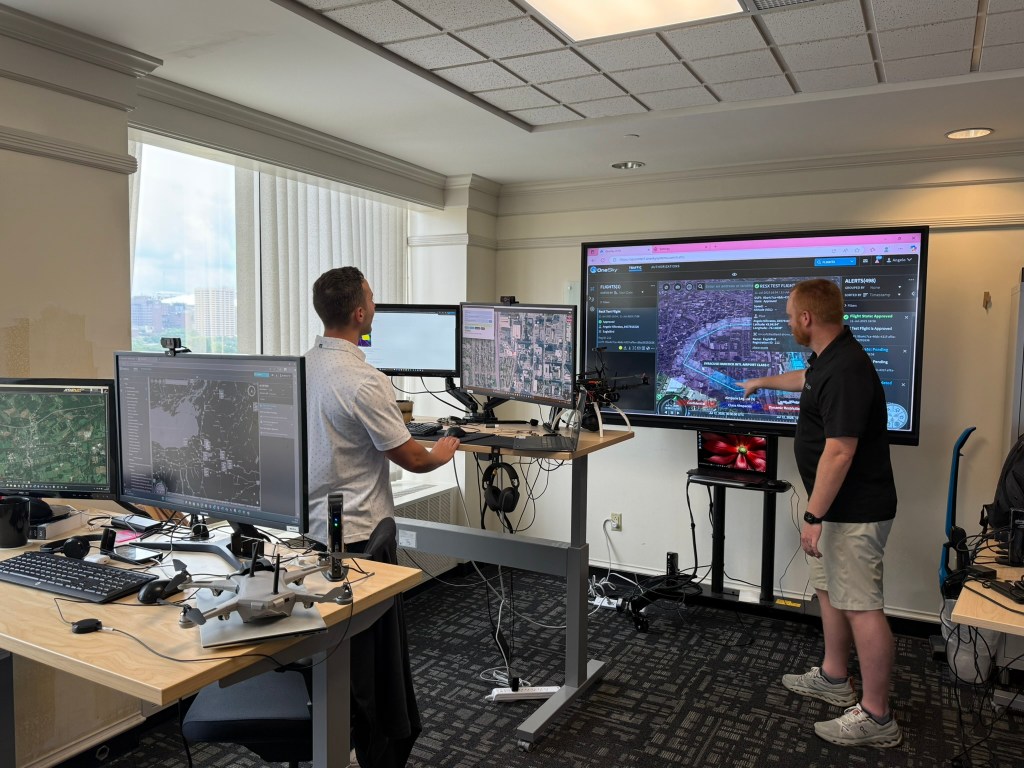




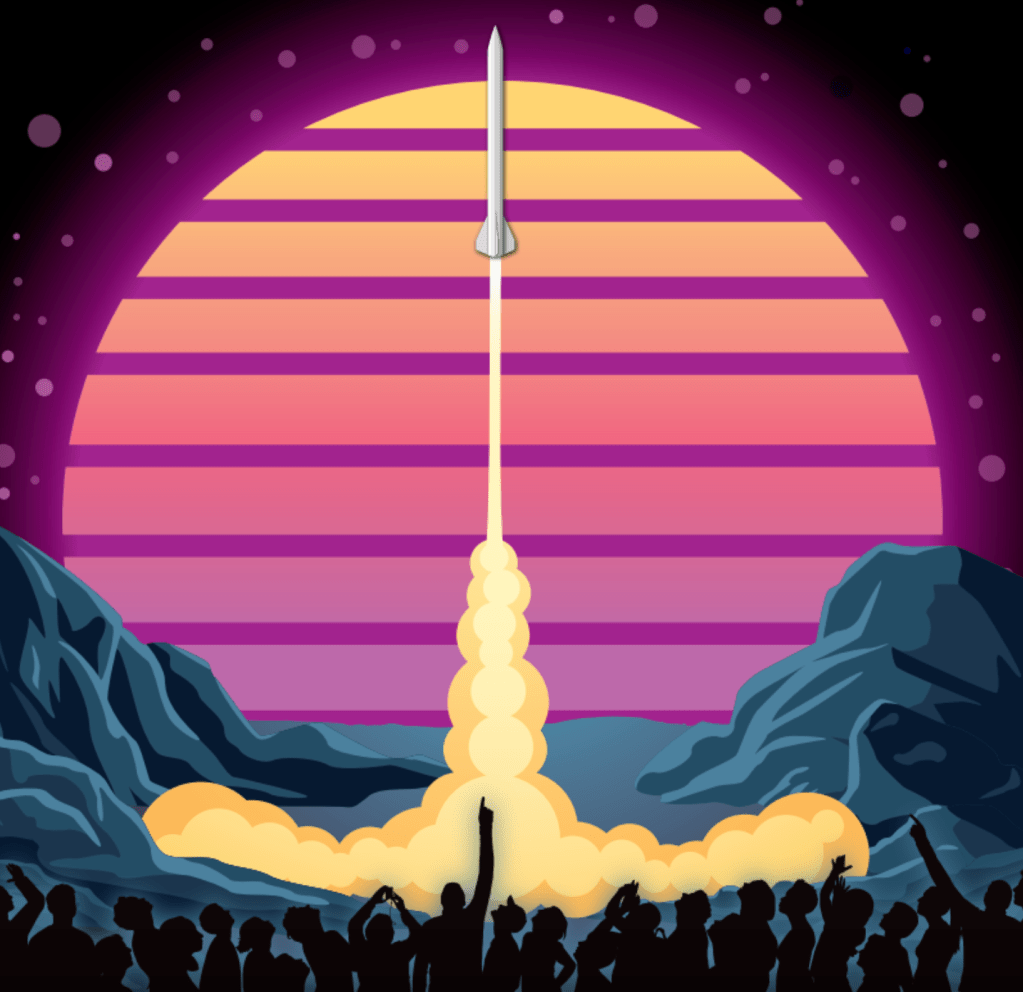

-Carolyn_Y._Ng.jpeg?w=1024)




